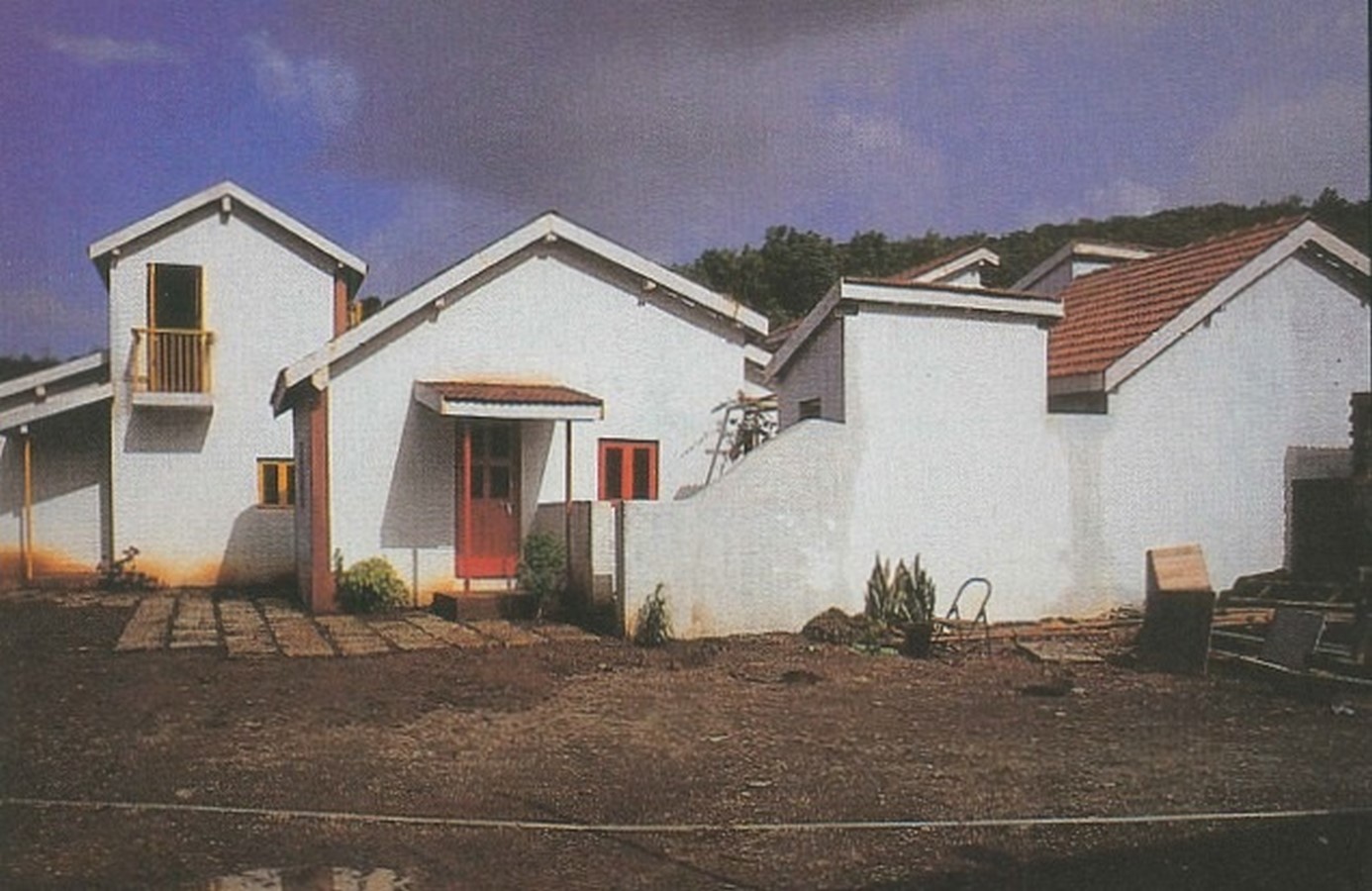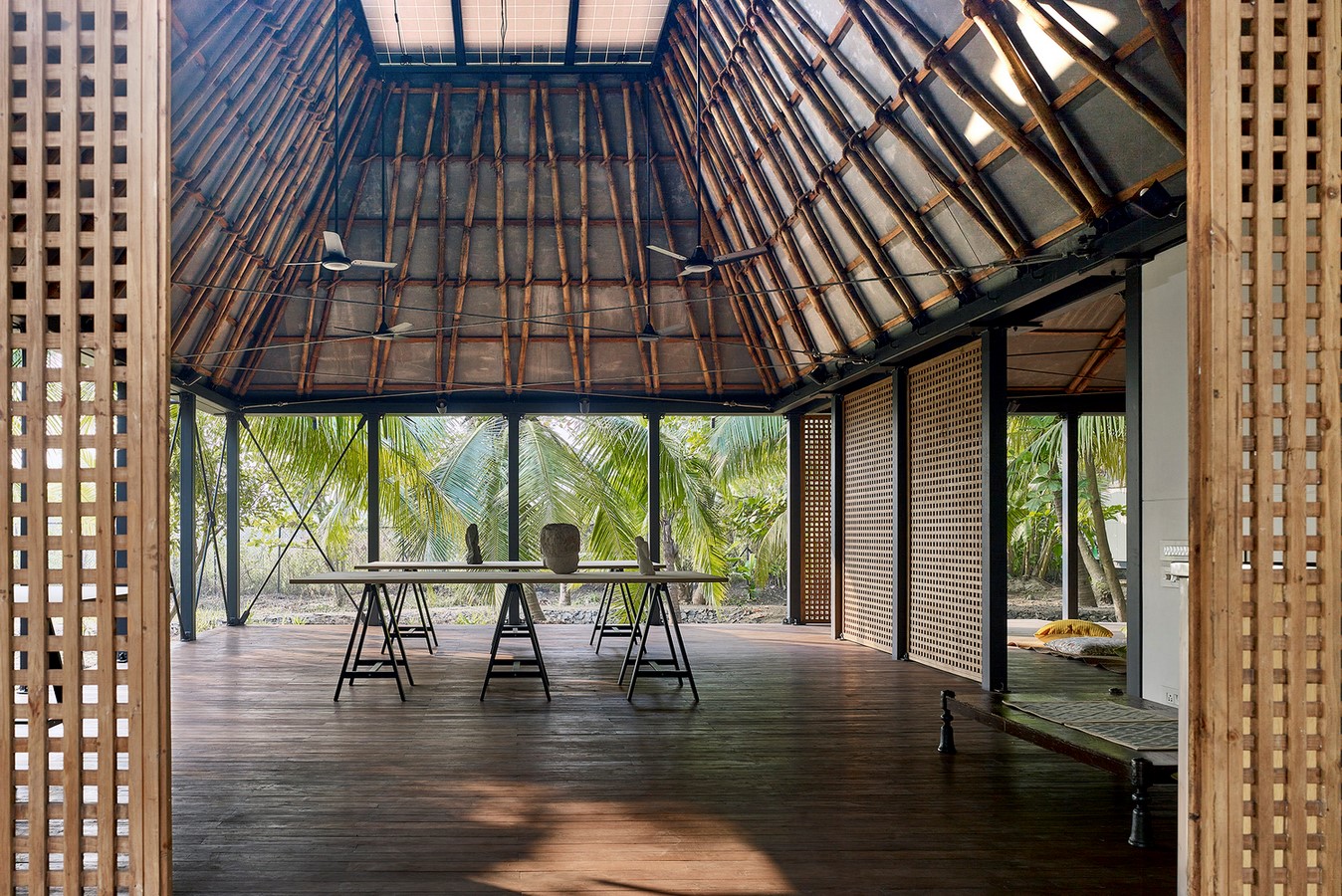With time, as a human body ages, so does Architecture. It reacts, resonates, and evolves in response to the changes occurring around it. Throughout the years, architecture as a system has survived and thrived through several stages of development. Architecture as a field began with the discovery of a solution to a human-created necessity. The need back then was for refuge; today, the need is for awareness. Today, architecture is employed as an effective instrument to confront the problems of society, such as gender inequity, material cruelty, and climate change, to name a few. However, a component of this field is currently being gorged on by the real estate industry. Redevelopment and rehabilitation housing projects have become an avenue for making money while overlooking the people who are housed in these structures. While one side of architecture is queering the space it surrounds, the other part is getting gentrified and restricted to present profits and gains without carrying out its repercussions in the future on mankind and the environment.
Projects that were prepared for the future

For centuries, a lack of roofs for people has been an issue in significant metropolises such as Mumbai. Though the problem persists, Ar. Charles Correa’s tackling of it back then was a delight. This incremental housing project in Thane district not only improves the present living conditions of the families but also allows them to expand in the future, adhering to its principal concept of growing whenever necessary. This project defined sustainability in housing projects by preserving the essence of co-living and community housing and making spaces, both built and unbuilt, an experience for those who inhabit them. The project adapts to the changing needs of the people housing it which highlights the flexibility and futuristic ability of the design.

The pandemic of Covid had a significant impact on humanity, as well as on architecture. As people found it unsafe to enter built, permanent areas, temporality became a way of adapting to the new normal. This project defines sensitive designs in a very effective manner. From not digging for foundations and anchoring the structural system with basalt boulders to providing dynamic spaces that adapt to the occupants’ needs highlights the futuristic approach rooted in this project. The project retrofits itself beautifully with very minimal damage or changes to the current natural foreground of the site. It also redefines work culture and how people could come together and feel safe in each other’s company again.
Such architectural designs are based on the idea that as predicaments change, architecture should adapt to new ways of dealing with them while remaining true to its core. Adaptivity has been a rooted concept within the field of architecture since the beginning but it seems to be getting overshadowed by the way projects are addressed today in metropolises that are growing and developing every minute eventually attracting migrants coming here with dreams and searching for opportunities.
An effective tool

Various architectural construction planning technologies have arisen in recent years, transforming the way we design. It seemed inevitable that as the world undergoes digitization, the realm of architectural planning will follow. Technological improvements in the sector are bringing it to the next level with digital outputs for future development while being present. To keep up with these changing needs of cities and communities, architects have always been required to adopt new technologies. The ability to adapt to new technology has become a mainstay of progressive architects. For architects, digital transformation means a revolution in decision-making and the provision of more efficient buildings.
With the flexibility and speed, what these developments are additionally fostering is the drive to make more wealth, which leads to mass production employing these technical production techniques. It is important to remember that technological improvements should enhance architecture rather than dictate it.
Addressing the Threshold
Architecture is at a stage where technology has opened several doors to be explored. If used well the advancements can be used to redefine temporality and adaptivity in the field of architecture. The future of architecture lies in adaptive and transformative solutions that still stay true to the core concepts of this field.
Staying rooted in how the field began is crucial or the future of architecture would be mass production with no sense of originality. These present solutions might gain profits now but authenticity sustains in the long run. The field of architecture has the ability to make a point, to spread the word, and to define a way of living. The choice lies in whether to choose a path that walks towards capital benefits in isolation while mass producing tall buildings and repetitive spaces or embarking on a journey that utilizes technology to design livable spaces that are ready to adapt to any future hurdles and developments.














